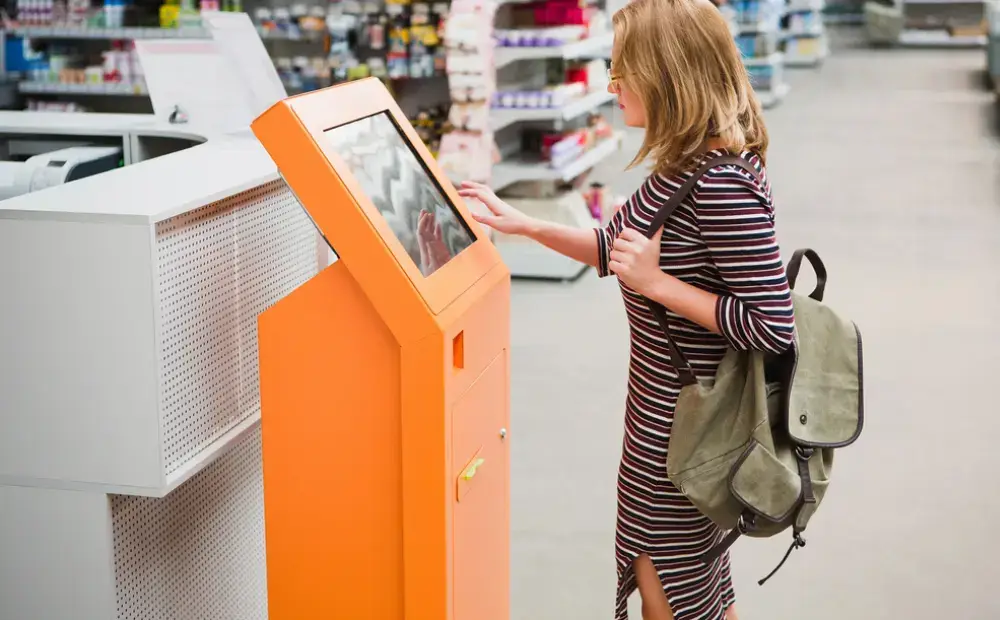Most people hate standing in line to pay. Your customers hate it. Your staff probably hates managing it. And if you’re running a church or nonprofit, passing around a basket just doesn’t cut it anymore. People want to tap a screen, pay, and move on. Simple. No delays, no awkward cash handling, no staff needed. So what’s the fix? It’s not a “digital revolution” or some overhyped tech trend.
Instead, it is just a quiet shift already happening in lobbies, foyers, checkout counters, and donation tables, i.e., a payment kiosk. In this blog, we’ll take a close look at how they work, where they actually help, and which ones are worth your time.
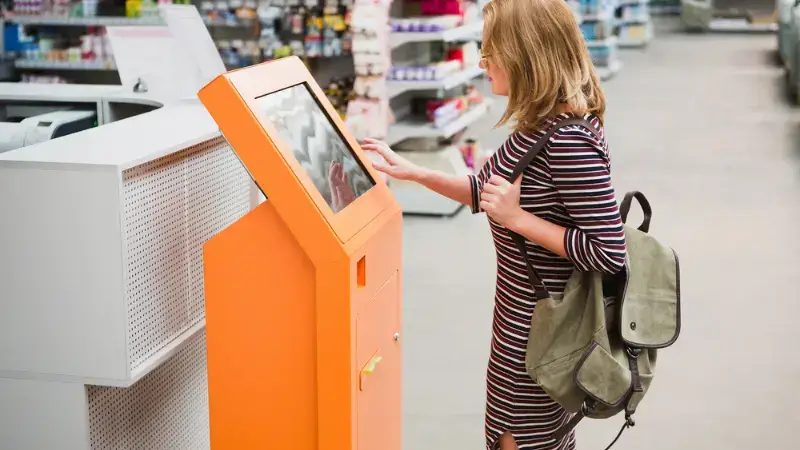
What is a Payment Kiosk?
A payment kiosk is a self-service machine that lets people pay without needing help from staff. It’s like a checkout counter—but with no cashier. You’ll see them in places like stores, churches, nonprofits, service centers, or public spots where people need to pay quickly and easily.
Maybe you’ve used one already—to pay for groceries, donate at church, buy a money order, pay a bill, or top up an account.
Most kiosks have a touchscreen that walks users through the steps. They also include tools like card readers, cash acceptors, and sometimes printers.
Many kiosks work with existing POS (point-of-sale) systems, so businesses can track every payment just like at a regular checkout.
As for payment methods, kiosks are pretty flexible. Most accept credit and debit cards, and many also support contactless payments through NFC (like Apple Pay or Google Pay). Some machines still accept cash or checks, especially in places where those options are still widely used.
Types of Payment Kiosks
Payment kiosks come in different shapes and functions depending on what they’re built to do. Some are designed for quick retail checkouts. Others collect donations. In fact, a few even print money orders on the spot.
If you’re looking for options, here’s a breakdown of the four main types of payment kiosks.
- Self-Payment Kiosk
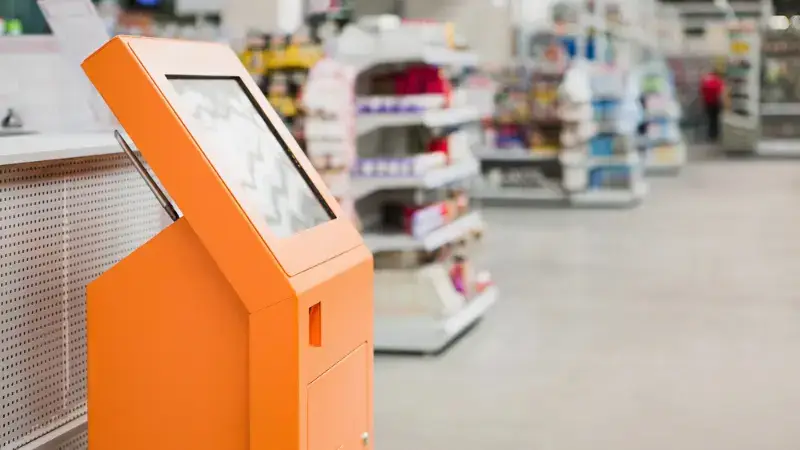
You’ve likely seen a self-payment kiosk at grocery stores, fast food chains, local cafes, and even hotel lobbies. They’re the machines that let you scan, tap, and go without waiting in line for a cashier. Customers walk up, make their selections, pay, and leave. That’s it.
From the business side, self-payment kiosks do more than just offer convenience. They manage traffic flow, cut down labor costs, and keep things moving during rush hours.
They free up your staff to focus on service instead of swiping cards all day. And customers love them, especially those who prefer quick, no-interaction checkouts.
- Money Order Kiosk
Money orders are still a must for a lot of people, particularly those who don’t use online banking or need a secure, trackable way to send payments. But waiting at a bank counter or service desk for one? Not ideal.
That’s where money order kiosks come in. These are often placed in grocery stores, post offices, and check-cashing locations. Users walk up to them, enter the amount, follow a few prompts, and print a money order in minutes (without even needing a teller!).
- Giving Kiosk

Giving kiosks are becoming a staple in churches, mosques, synagogues, and nonprofit centers. They’re simple, modern tools that let people donate quickly and securely using a credit card or mobile wallet.
No more fumbling for cash or checks. No more feeling awkward about skipping the offering plate. With a giving kiosk, donors can give privately, on their own time, before or after a service, while walking through the lobby, or even during the week.
They’re also helpful for recurring donations, which many organizations rely on for steady support. The easier it is to give, the more people actually do it.
- Bill Payment Kiosk
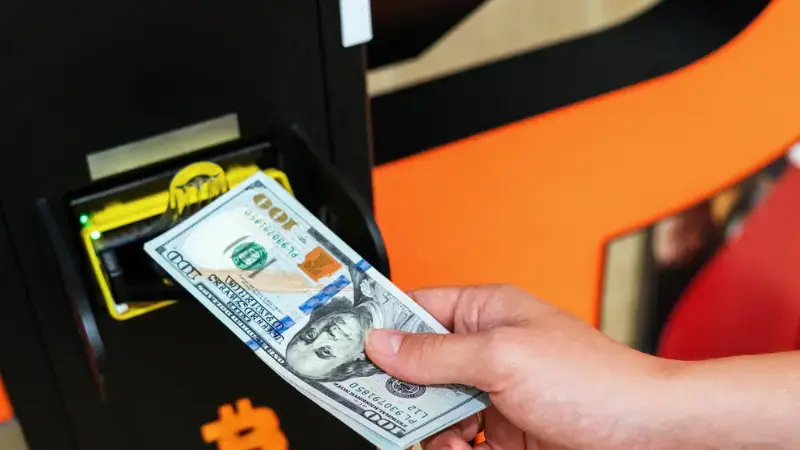
Not everyone pays bills online—and that’s okay. Bill payment kiosks give people a faster, more private way to pay in person, without waiting in line or needing help.
You’ll often see these machines in places like utility offices, government buildings, banks, or local service centers.
People can use them to pay for things like electricity, water, gas, rent, or phone bills. Some kiosks also let you check your balance, print a receipt, or even make a deposit.
Benefits of Using Payment Kiosks
Waiting in line to pay is really frustrating. Even the employees get overwhelmed during busy times. Customers want options beyond the usual. Payment kiosks address these issues head-on.
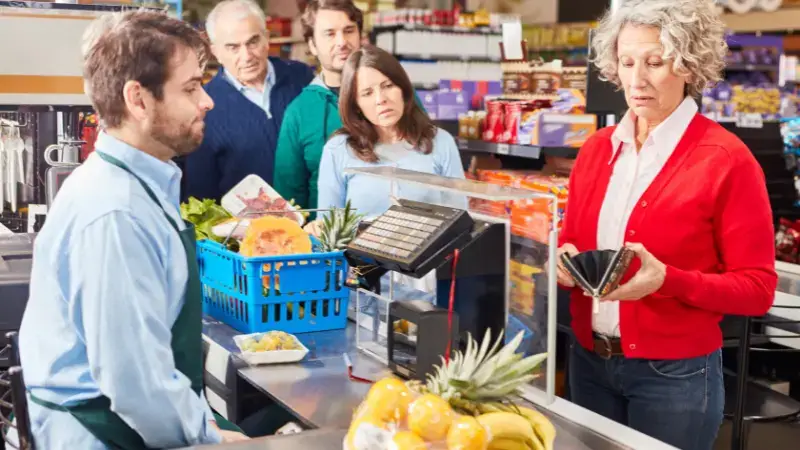
Here’s exactly what makes them worth considering:
- Faster Transactions
Time matters. Long lines and slow payments can frustrate everyone. Self-service kiosks cut down wait times dramatically. Customers or users walk up, complete their transactions in a few taps, and move on. No need to stand around waiting for a cashier or staff member.
- 24/7 Availability
Most people don’t live their lives on a 9-to-5 schedule, and neither should your payment options. One of the biggest advantages of payment kiosks is that they don’t take breaks or clock out. They can operate around the clock, even on weekends and holidays.
- Increased Efficiency for Businesses
Staffing is expensive, and hiring enough people to handle every rush hour or customer question isn’t always realistic. Swiftforce kiosks help reduce pressure on your team by automating routine transactions.
Your employees can then focus on higher-value work, like answering questions, helping customers who actually need assistance, or managing the store.
- Improved Accuracy and Fewer Errors
Humans make mistakes, especially when they’re tired, rushed, or juggling ten tasks at once. Kiosks don’t. Since payment kiosks process everything digitally, the chances of mistyped amounts, missed receipts, or incorrect change go way down.
- Flexible Payment Options
Cash only? That isn’t good enough anymore. Today’s customers expect choice, and kiosks offer it to them. Most modern payment kiosks support credit and debit cards, contactless/NFC payments, and in many cases, cash and checks too.
Some even handle multi-currency transactions, which is a huge plus in tourist-heavy areas.
Industries That Use Payment Kiosks
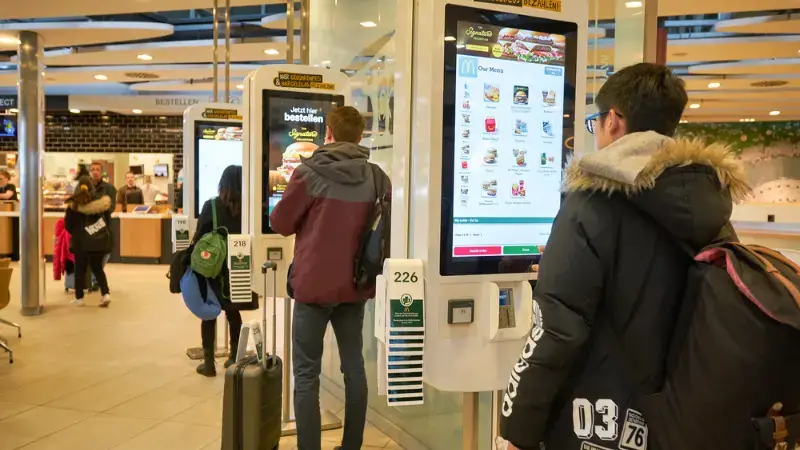
Payment kiosks are now used in many industries because they help things move faster and make the customer experience better. For example:
Retail and Grocery Stores
In stores and supermarkets, self-checkout kiosks let customers scan and pay for items themselves. This speeds up transactions and shortens lines. Some stores also offer money order kiosks, so customers can buy money orders without waiting for a clerk.
Restaurants and QSRs
Fast-food spots and casual restaurants use self-payment kiosks to let customers order and pay on their own. This reduces the pressure on staff and helps serve more people quickly.
Healthcare and Clinics
Hospitals and clinics use kiosks for bill payments and patient check-ins. These kiosks reduce paperwork and administrative hold-ups, so the visits are smoother for both patients and staff.
Churches and Nonprofits
Giving kiosks are used by nonprofit organizations and churches. They allow individuals to make cashless donations easily. As a result, people are encouraged to donate more frequently and generously.
Financial Institutions
Banks often provide a money order kiosk to simplify services like money order purchases. This lets customers handle transactions quickly without waiting in line.
Payment Kiosk Features to Look For
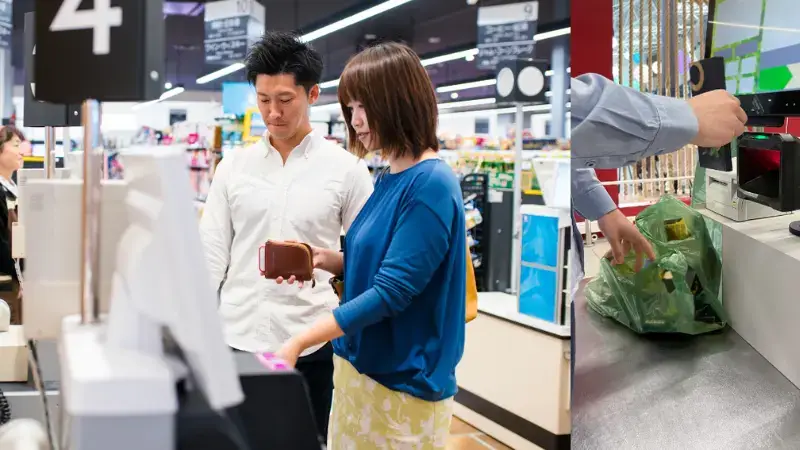
When choosing a payment kiosk, some features make a big difference in how well it works for your business or organization. Here are the key things to keep in mind:
Touchscreen Interface
A good payment kiosk machine should have an easy-to-use touchscreen. Clear, simple navigation helps customers complete payments quickly without confusion.
Look for kiosks that support multiple languages, as this makes the kiosk accessible to a wider range of users and improves their experience.
Multiple Payment Methods
People want options. The best kiosks accept credit and debit cards, as well as NFC payments. Some kiosks also handle cash. Having flexible payment choices means more customers can use your kiosk without hassle.
Security Features
Security is also important. Look for a kiosk co that encrypts payment data to protect users’ information during transactions. Also, anti-tamper hardware helps prevent theft or damage, keeping both your business and your customers safe.
Integration with POS Systems
Swiforce kiosks are designed to sync with your existing POS or billing systems. This means real-time transaction tracking, fewer manual errors, and a smoother workflow for your team.
How Much Does a Payment Kiosk Cost?
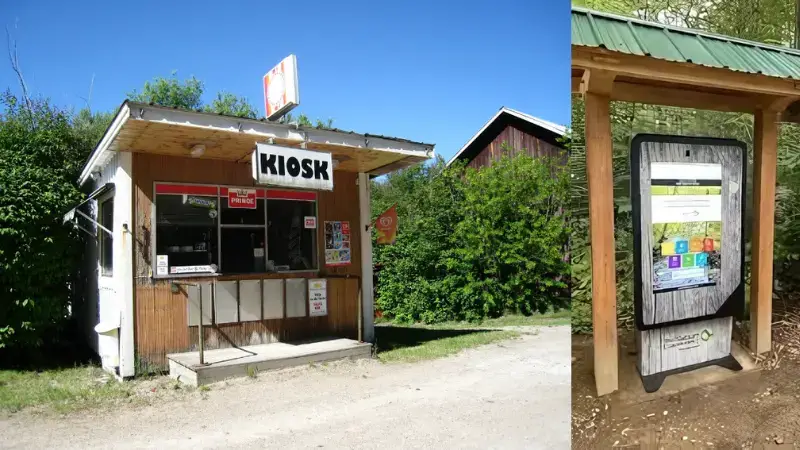
Payment kiosk prices vary based on type, features, and setup. Basic self-payment kiosks typically range from $3,000 to $6,000, with the exact cost depending on the hardware and software included.
Money order kiosks are slightly more affordable, usually between $2,000 and $5,000. On the other hand, giving kiosks can cost anywhere from $1,500 to $4,000.
Let’s take a look at the different factors that may impact pricing:
- Hardware: Larger touchscreens, high-quality card readers, and cash acceptors increase the cost.
- Software: Integration with POS systems, donation platforms, or billing software adds to the total.
- Customization: Personalized branding, custom interfaces, and additional features may raise the final price.
Setting Up a Payment Kiosk: Step-by-Step
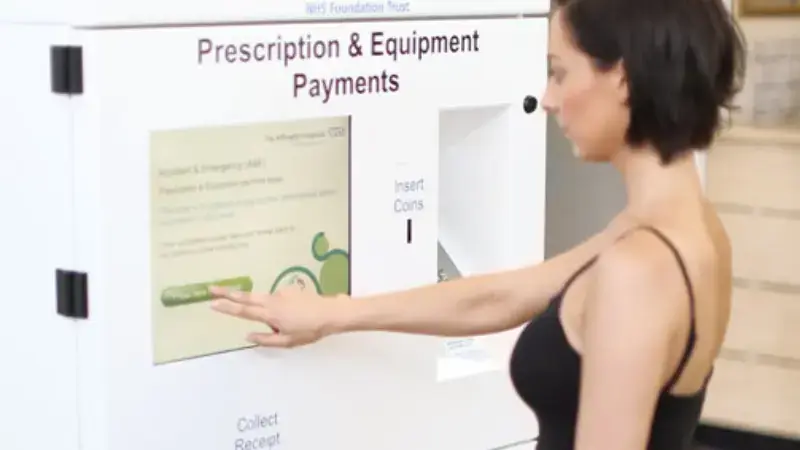
Setting up a payment kiosk doesn’t have to be complicated. With the right approach, you can get everything running smoothly and start reaping the benefits quickly.
Here’s how:
- Choose the Right Kiosk Type
Start by identifying what kind of kiosk best fits your needs.
- Self-payment kiosks are ideal for retail stores, restaurants, and service-based businesses.
- Money order kiosks are suited for locations like grocery stores or banks.
- Giving kiosks are perfect for churches and nonprofits that want to make donations more convenient.
- Select Payment Methods
Decide what types of payments your kiosk will accept. Most kiosks support credit and debit cards, while others include NFC (tap-to-pay) options like Apple Pay or Google Pay. Some models also accept cash or checks, which is useful for bill payment or money order kiosks.
- Integrate with POS or Donation Platforms
Your kiosk must connect seamlessly with your current systems. This could be your point-of-sale (POS) system, donation software, or billing platform.
- Test for Usability and Security
Before you start using the kiosk, test everything. Try out payments to see if they’re fast and accurate. Check that all the features run smoothly. Also, make sure the security settings—like encrypted payments and tamper protection—are turned on and working.
- Train Staff and Provide Instructions
Even if the kiosk is easy to use, it helps to have a little support. Train your staff so they can assist customers if needed. Also, consider adding clear instructions on the screen or nearby to help new users feel comfortable and confident.
Following these steps accurately will ensure a smooth setup and a better experience for everyone using the kiosk.
FAQs About Payment Kiosks
How does a money order kiosk work?
It lets users enter recipient details, choose an amount, and pay using cash or a card. The kiosk then prints a valid money order, just like one you’d get at a counter.
Are payment kiosks secure for card payments?
Yes, most kiosks use encrypted payment processing and comply with PCI standards. They also include anti-tamper features to protect against physical and digital threats.
Can payment kiosks accept mobile payments?
Absolutely. Many modern kiosks support NFC payments, allowing customers to pay using mobile wallets with a simple tap.
What is the difference between a giving kiosk and a payment kiosk?
A giving kiosk is designed for donations. A standard payment kiosk focuses on transactions. The core difference is purpose, not technology.
How much maintenance do kiosks require?
Kiosks usually require minimal maintenance. Most kiosks need occasional software updates, hardware checks, and supply refills. Routine maintenance keeps them running smoothly but doesn’t demand daily attention.
Conclusion
People want faster, easier ways to pay and businesses want fewer things slowing them down. That’s really what payment kiosks solve. They don’t need a sales pitch. They just work.
They allow users to pay a bill after hours, order lunch without waiting in line, or give quietly at a church. Come to think of it, they quietly lift some weight off everyone’s shoulders.
Get the Right Payment Kiosk—No Guesswork, Just Expert Help
If you’re figuring out whether this fits your setup, let’s talk. SwiftForce will help you figure out what you actually need minus the guesswork.
Looking to install a payment kiosk? Contact us today for expert recommendations and pricing details.

